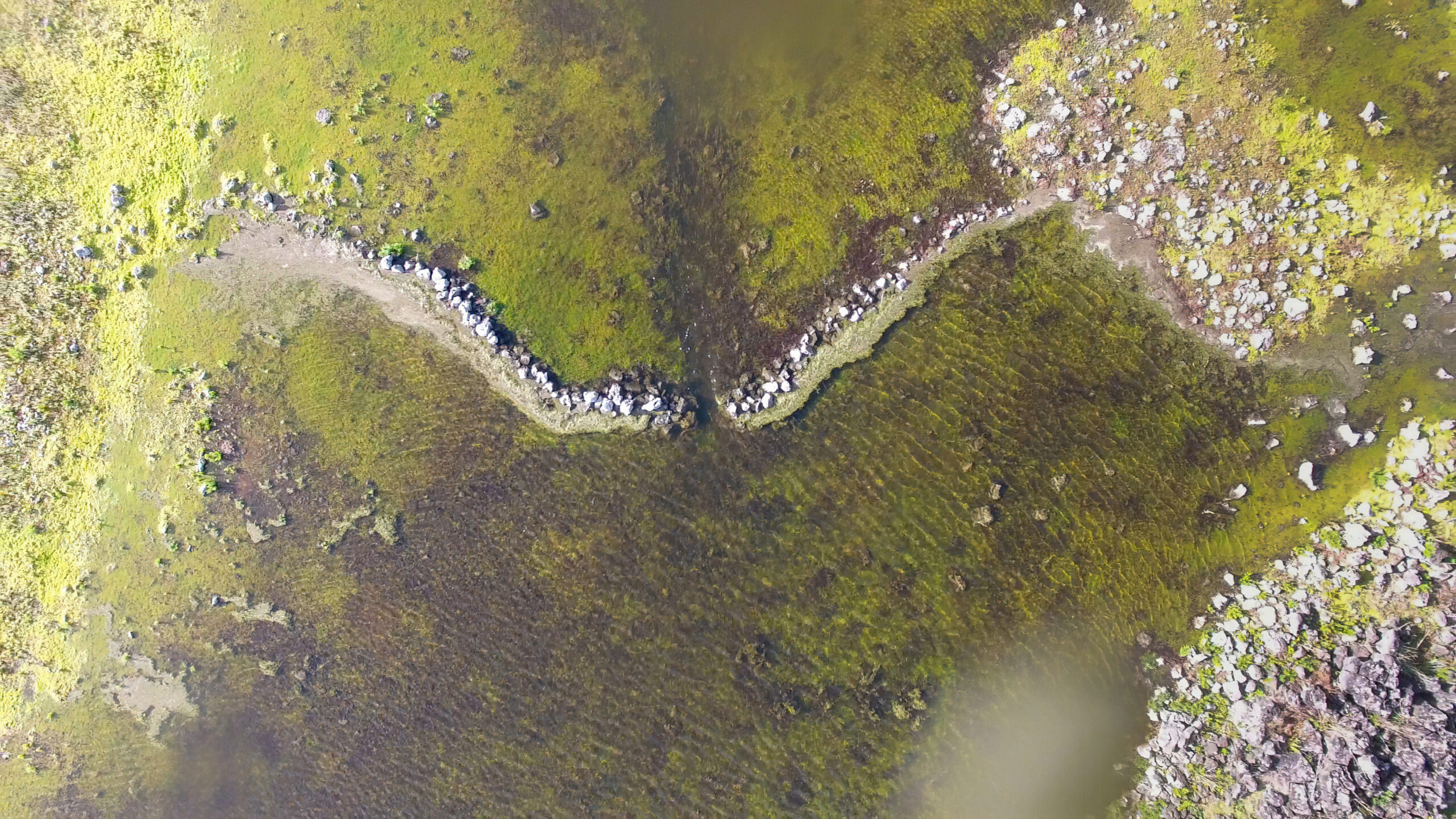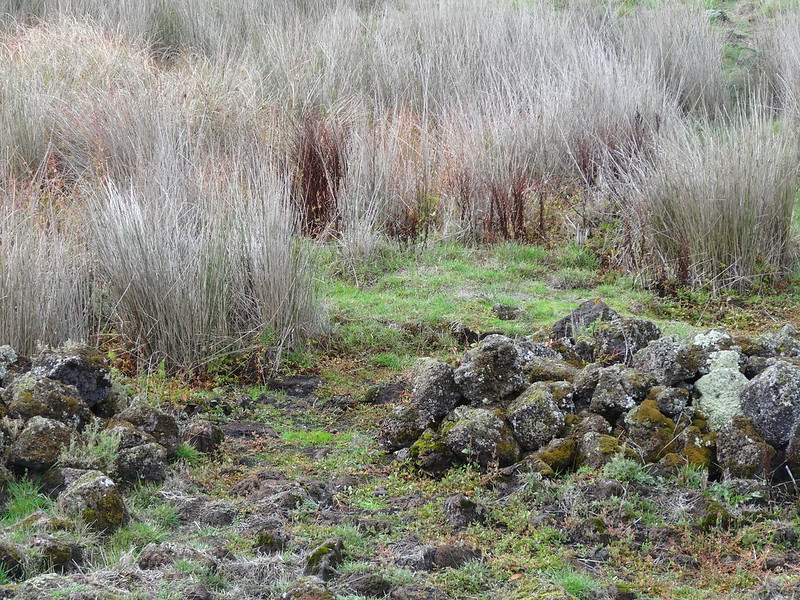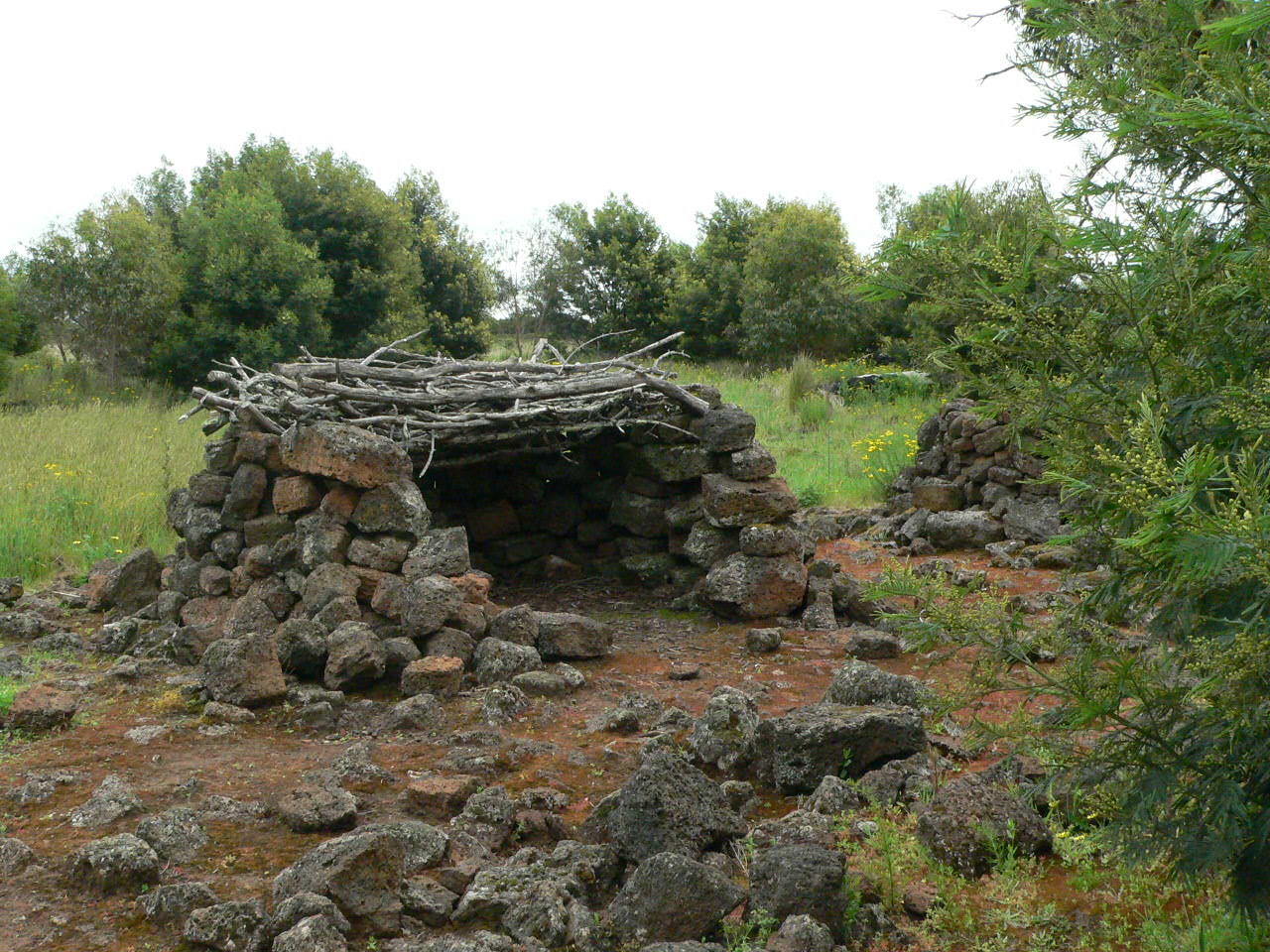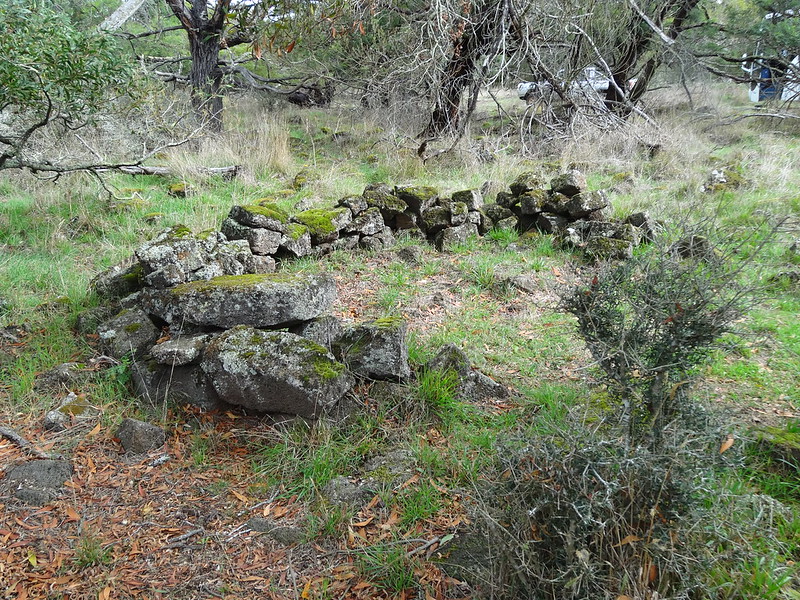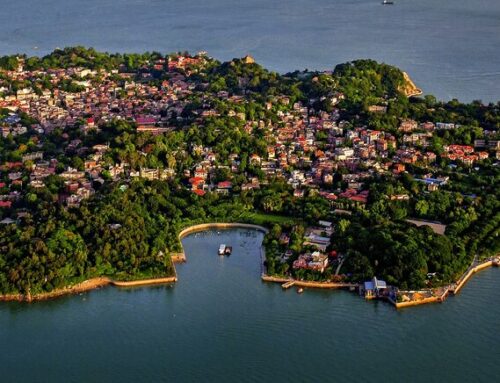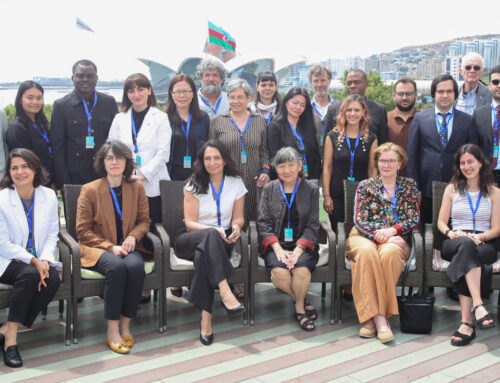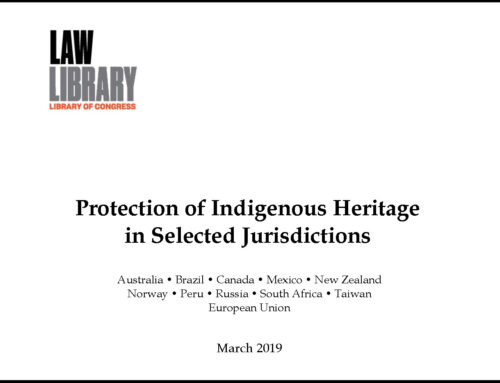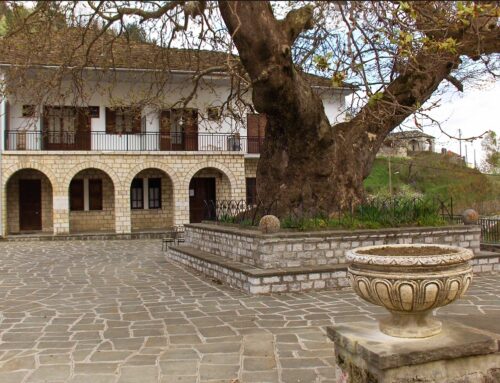Inscribed as a UNESCO World Heritage Cultural Landscape 2019
The Budj Bim Cultural Landscape, located in the traditional Country of the Gunditjmara people in south-eastern Australia, consists of three serial components containing one of the world’s most extensive and oldest aquaculture systems. The Budj Bim lava flows provide the basis for the complex system of channels, weirs and dams developed by the Gunditjmara in order to trap, store and harvest kooyang (short-finned eel – Anguilla australis). The highly productive aquaculture system provided an economic and social base for Gunditjmara society for six millennia. The Budj Bim Cultural Landscape is the result of a creational process narrated by the Gunditjmara as a deep time story, referring to the idea that they have always lived there. From an archaeological perspective, deep time represents a period of at least 32,000 years. The ongoing dynamic relationship of Gunditjmara and their land is nowadays carried by knowledge systems retained through oral transmission and continuity of cultural practice.
Interactive Map
Additional resources:
(open source documents have URL links)
For further information on the site nomination, including the nomination file and ICOMOS Evaluation can be found at: https://whc.unesco.org/en/list/1577 .
Bell, Damein and Johnston, Chris (2008) Budj Bim. Caring for the spirit and the people. In: 16th ICOMOS General Assembly and International Symposium: ‘Finding the spirit of place – between the tangible and the intangible’, 29 sept – 4 oct 2008, Quebec, Canada. Accessed https://openarchive.icomos.org/id/eprint/12/.
Smith, A., McNiven, I.J., Rose, D. et al. Indigenous Knowledge and Resource Management as World Heritage Values: Budj Bim Cultural Landscape, Australia. Arch 15, 285–313 (2019). https://doi.org/10.1007/s11759-019-09368-5 and PDF at academia.edu

